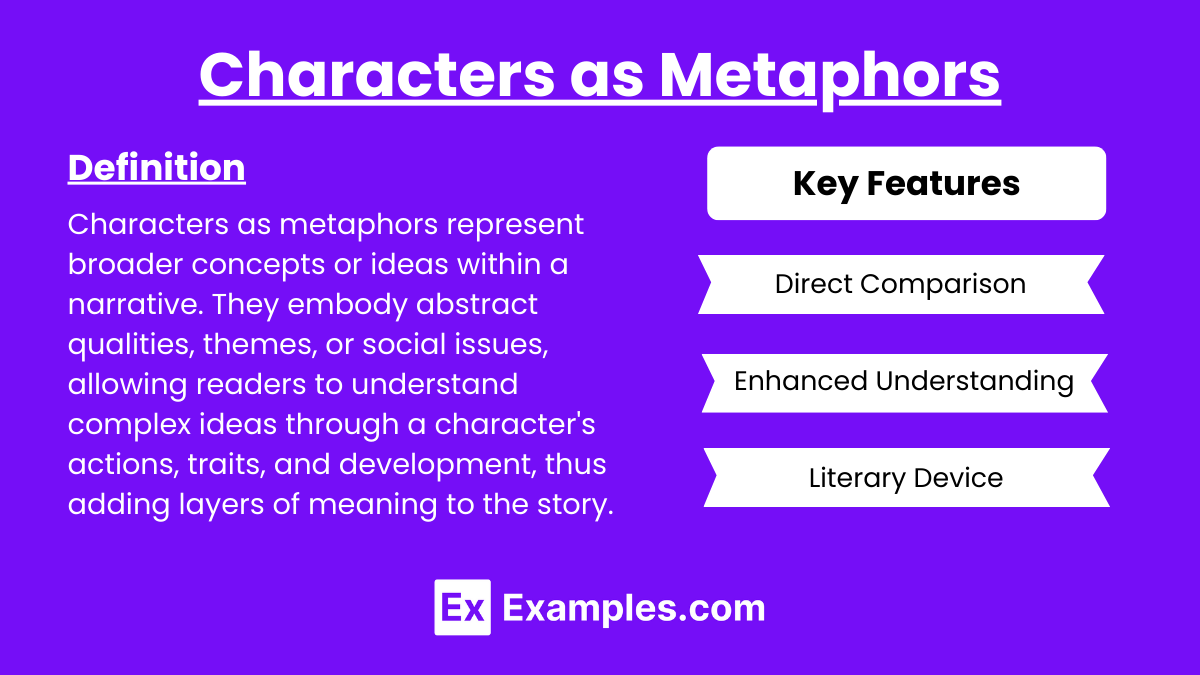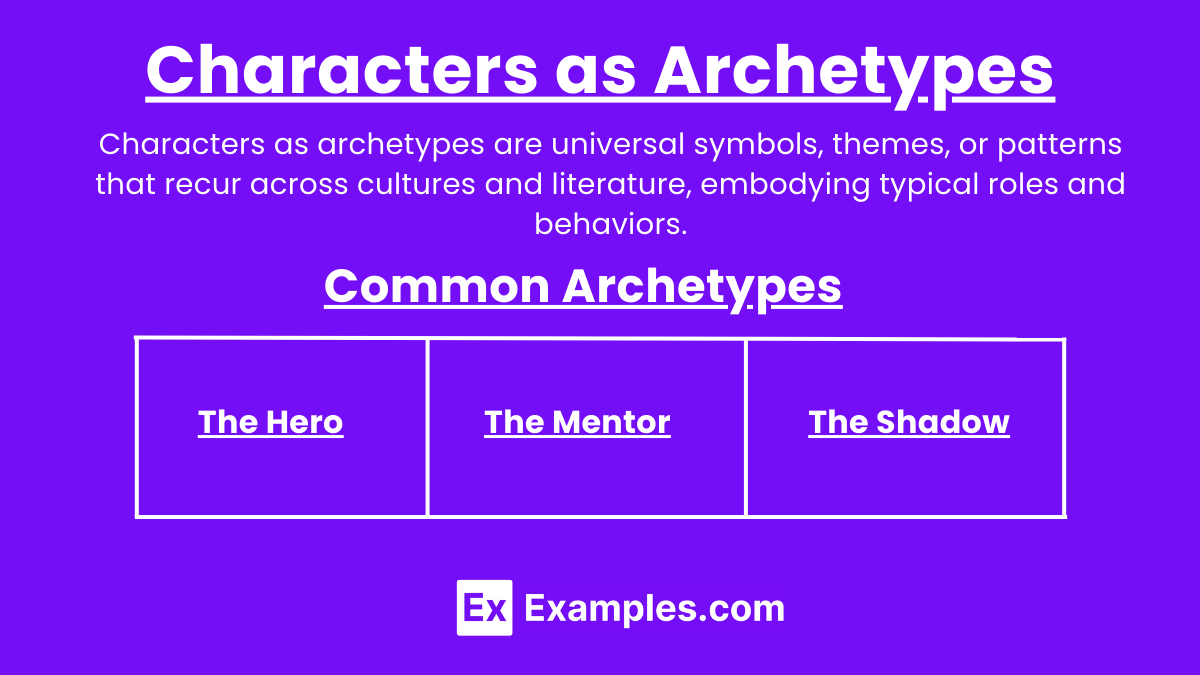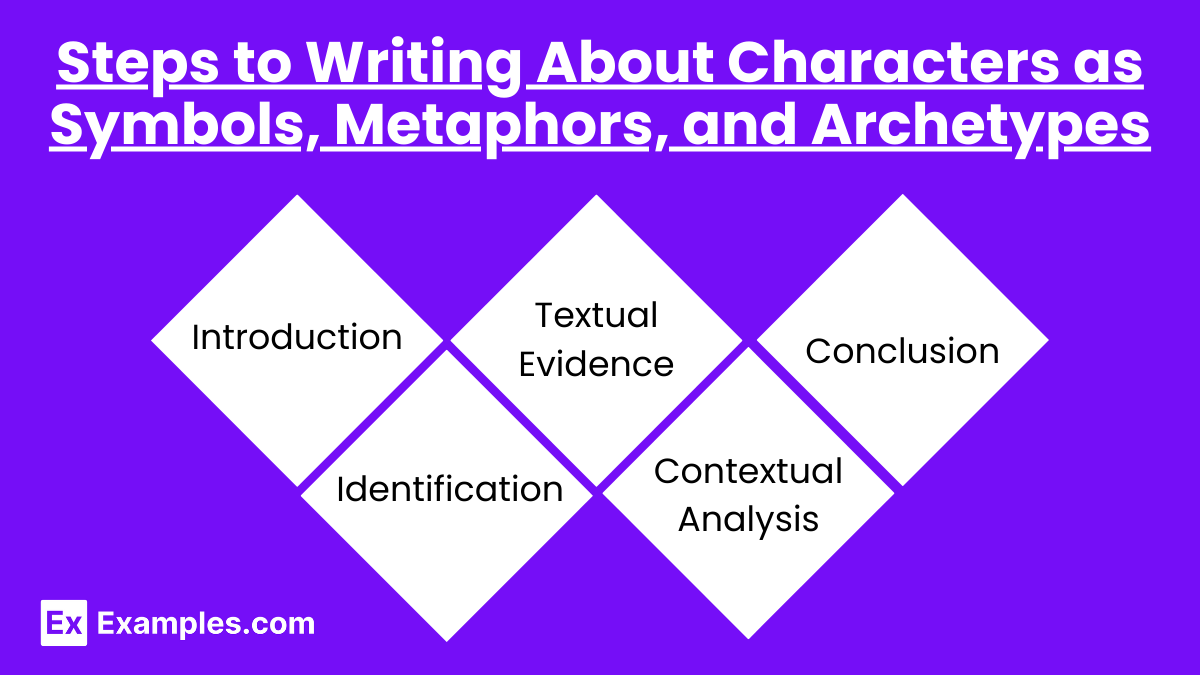In AP English Language and Composition, analyzing characters as symbols, metaphors, and archetypes enhances literary understanding and critical analysis. Characters embodying these roles allow for the crafting of insightful rhetorical sentences and detailed cumulative sentences, enriching both argumentative speech and argumentative writing. By exploring characters’ symbolic meanings, metaphorical representations, and archetypal roles, students can construct compelling arguments that delve into the deeper themes and universal patterns within literature, providing a nuanced perspective that is essential for success in AP English.
Learning Objectives
By the end of this lesson on characters as symbols, metaphors, and archetypes, students will be able to construct cumulative sentences that detail these roles, write an explanatory essay exploring how these elements enhance thematic depth, and develop an expository essay analyzing their impact on narrative structure. They will learn to create rhetorical sentences that effectively highlight connections between characters and broader themes, formulate a final thesis statement that encapsulates their analysis, and enhance their critical thinking skills by evaluating the significance of these literary devices in enriching the reader’s understanding.
Characters as Symbols

Definition
Characters as symbols represent broader concepts or ideas beyond their literal sense. They often embody abstract themes and can be used to convey complex messages subtly.
Key Features
- Representation: A character symbolizes an idea, quality, or societal issue.
- Abstract Connection: The symbolic meaning is not always explicit but understood through context.
- Thematic Depth: Adds layers to the narrative, enhancing thematic richness.
Examples in Literature
- “The Scarlet Letter” by Nathaniel Hawthorne: Hester Prynne symbolizes sin, shame, and ultimately, strength and resilience.
- “Lord of the Flies” by William Golding: Piggy represents intellect and rationality in the face of chaos.
Analyzing Characters as Symbols
- Identify the Symbol: Determine what abstract concept the character represents.
- Contextual Analysis: Understand how the character’s actions and experiences relate to the symbolic meaning.
- Thematic Connection: Analyze how the character’s symbolic role enhances the story’s themes.
Characters as Metaphors

Definition
Characters as metaphors serve as direct comparisons to broader ideas, often highlighting similarities between the character and the concept they metaphorically represent.
Key Features
- Direct Comparison: The character is a metaphor for an abstract idea or quality.
- Enhanced Understanding: Provides deeper insight into both the character and the concept.
- Literary Device: Utilizes metaphor to draw parallels and convey complex themes.
Examples in Literature
- “Moby-Dick” by Herman Melville: Captain Ahab is a metaphor for obsession and the destructive nature of revenge.
- “The Catcher in the Rye” by J.D. Salinger: Holden Caulfield is a metaphor for the struggles of adolescence and the loss of innocence.
Analyzing Characters as Metaphors
- Identify the Metaphor: Determine what concept the character is being compared to.
- Explore Parallels: Analyze the similarities between the character and the concept.
- Impact on Narrative: Understand how the metaphorical comparison enhances the reader’s comprehension of the themes.
Characters as Archetypes

Definition
Characters as archetypes are universal symbols, themes, or patterns that recur across cultures and literature, embodying typical roles and behaviors.
Key Features
- Universal Symbols: Archetypes are recognized across different cultures and time periods.
- Recurring Patterns: Represent common human experiences and themes.
- Predictable Roles: Archetypal characters often follow established patterns of behavior.
Common Archetypes
- The Hero: Embarks on a journey, faces challenges, and emerges victorious (e.g., Harry Potter, Frodo Baggins).
- The Mentor: Provides guidance and wisdom to the hero (e.g., Gandalf, Dumbledore).
- The Shadow: Represents the dark side or antagonist (e.g., Darth Vader, Sauron).
Examples in Literature
- “The Odyssey” by Homer: Odysseus as the archetypal hero.
- “To Kill a Mockingbird” by Harper Lee: Atticus Finch as the archetypal mentor.
Analyzing Characters as Archetypes
- Identify the Archetype: Determine which archetype the character embodies.
- Recognize Patterns: Analyze how the character fits the typical patterns of the archetype.
- Thematic Relevance: Understand how the archetype contributes to the narrative’s universal themes.
Steps to Writing About Characters as Symbols, Metaphors, and Archetypes

- Introduction: Introduce the concept of characters as symbols, metaphors, and archetypes.
- Identification: Identify the specific symbolic, metaphorical, or archetypal role of the character.
- Textual Evidence: Provide examples from the text to support your analysis.
- Contextual Analysis: Discuss how the character’s role relates to the broader themes of the work.
- Conclusion: Summarize the significance of understanding these roles in literary analysis.


